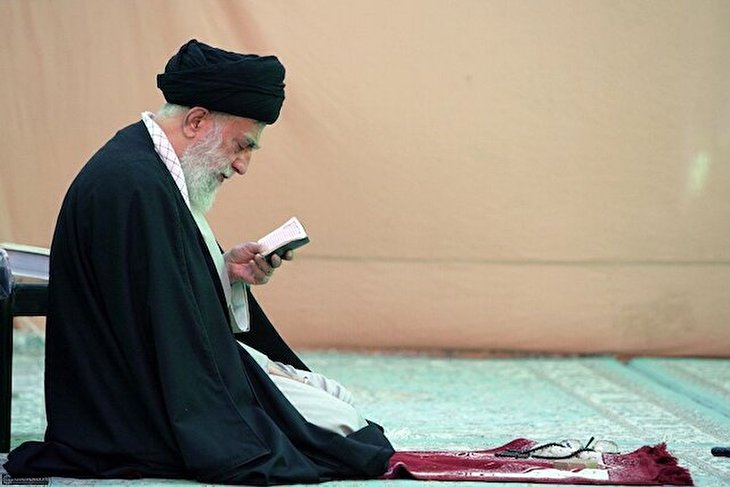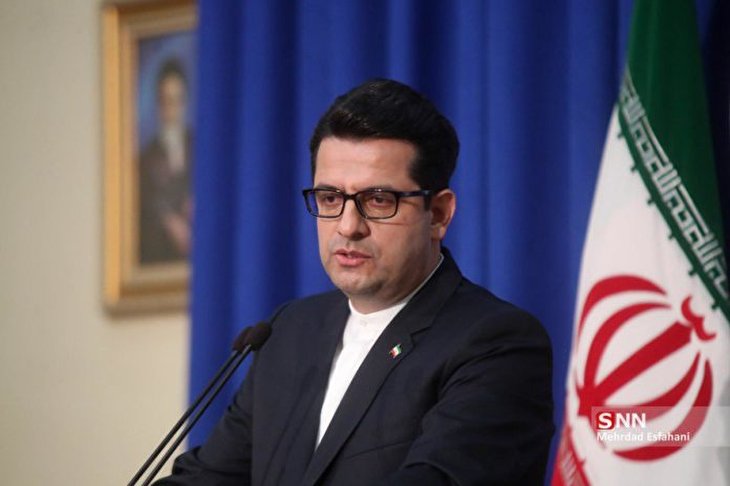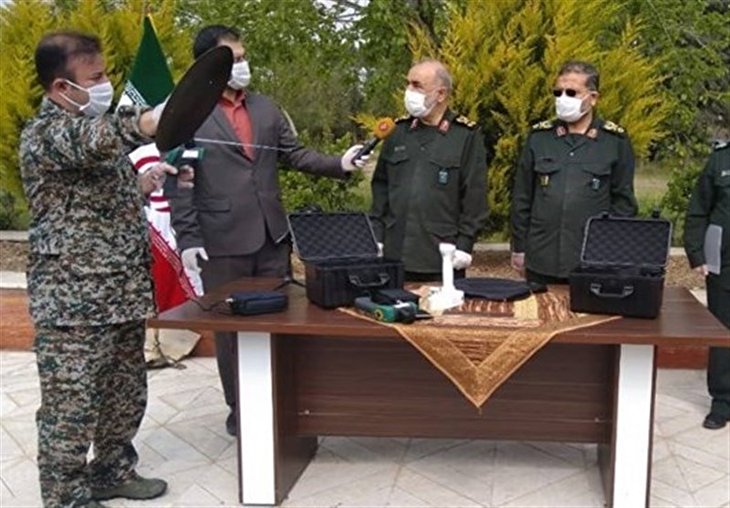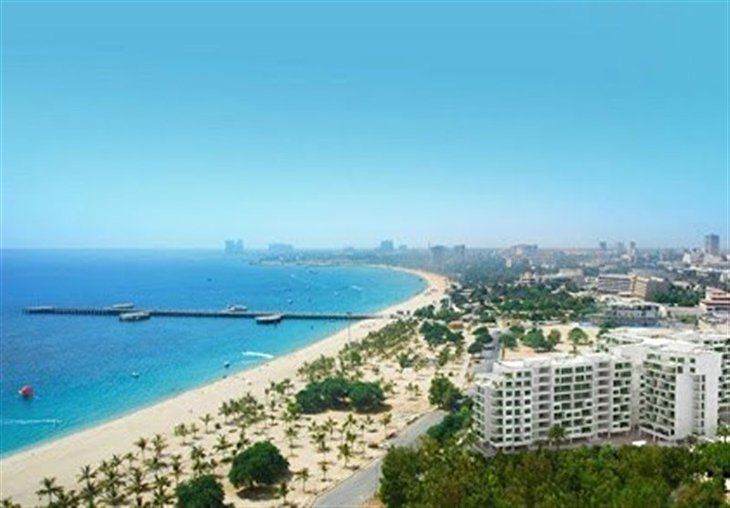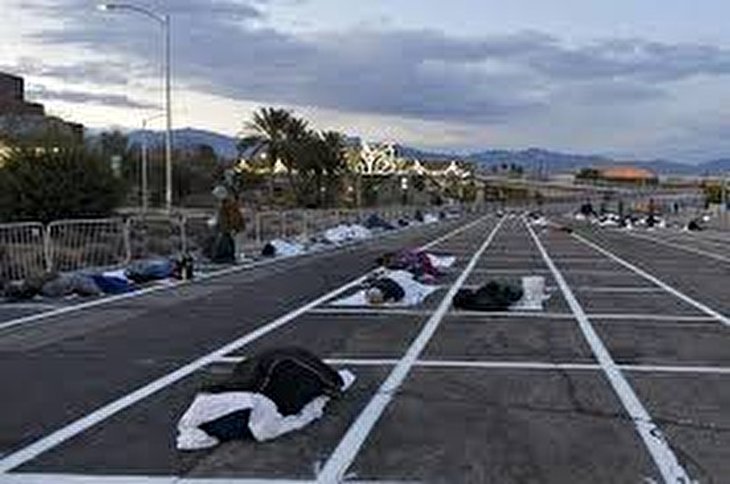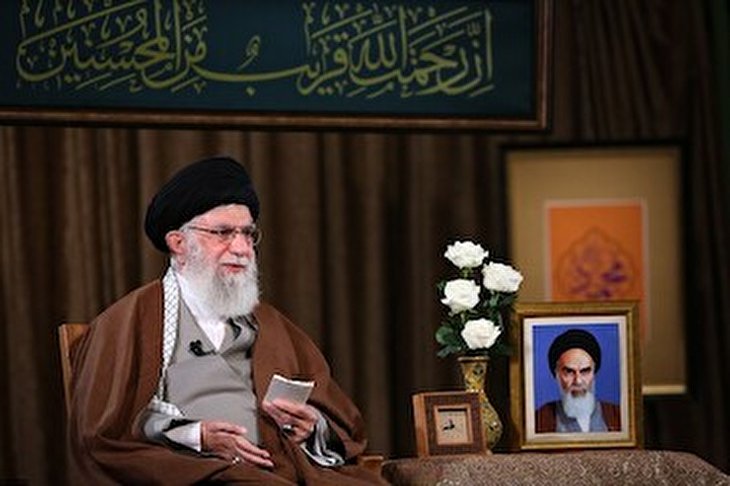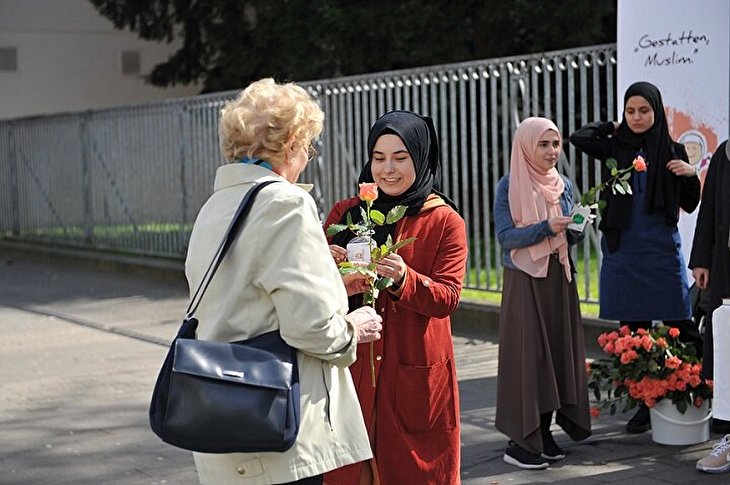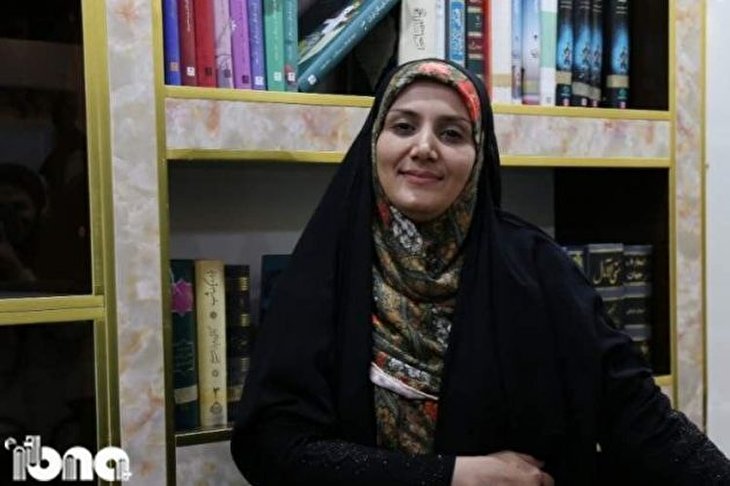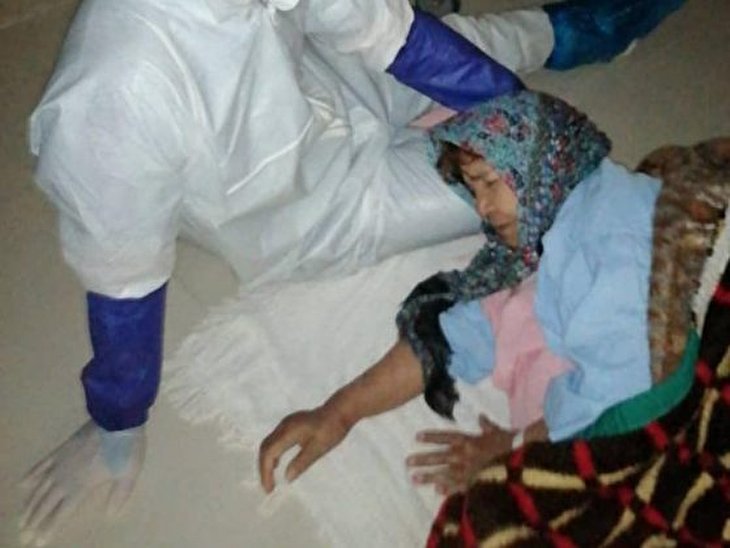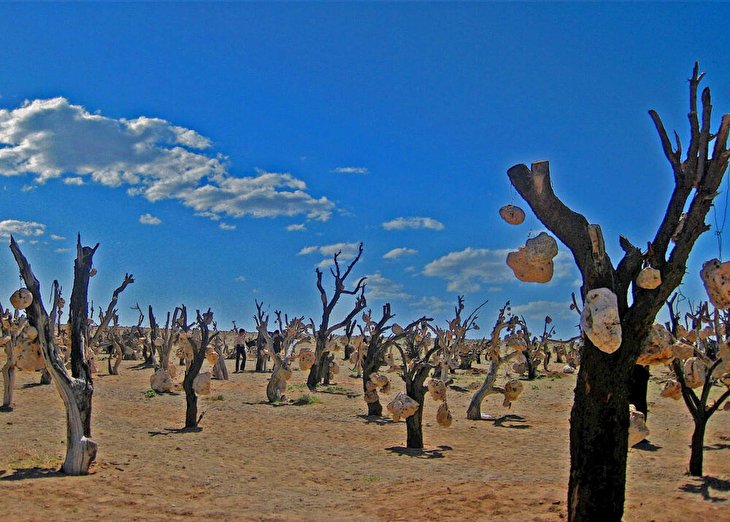
European expertise to help restore ancient mosque in Iran
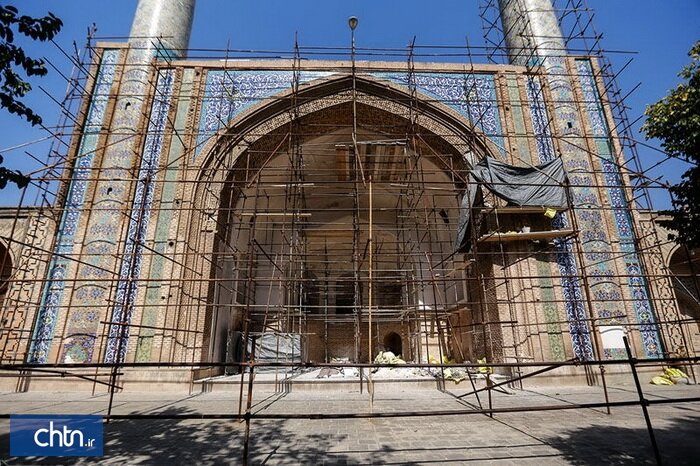
“The European experts are affiliated with an experienced scientific group in the field of restoration and rehabilitation of historical monuments, which [their competence] is endorsed by [Iran’s] Ministry of Cultural Heritage, Tourism and Handicrafts,” provincial tourism chief Alireza Khaza’eli announced on Monday, CHTN reported.
The official, however, did not provide any further details on the experts but said the project will be launched after the coronavirus pandemic is contained.
Locally known as the Masjid-e-Jameh Atiq, the mosque is originally built on the site of a Sassanid fire temple, it was subsequently developed and expanded over several different periods. Its construction was first ordered in 807 CE (192 AH) by the Abbasid Caliph Harun Al-Rashid. Under the Seljuk leaders (1038-1194), two iwans were added to its north. After a renovation in the eleventh century, the twelfth century saw the construction of the main prayer hall, a dome, a courtyard, and a religious school. Under the Safavids (1501-1732), the southern and western iwans and arcades were added, and the Qajar period (1779-1924) witnessed a major renovation and expansion.
The mosque follows the four-iwan typology; each iwan is centered on a large courtyard with a central fountain. This courtyard is one of the largest mosque courts in Iran, measuring nearly four thousand square meters. Its two main prayer halls are located along the north and south sides of the court. Two narrow arcaded halls, five meters wide, run along the east and west.
The mosque is constructed of brick, which is clad with tiles and inscriptions in some areas. The main prayer hall is the most ornamented part of the mosque. Both its mihrab and minbar are made of stone, and the upper part of the walls is ornamented in different floral patterns and small polychrome tiles.
Half-dome roofing the south iwan also has a double-shell structure. The two northern minarets are clad with colorful tiles in floral patterns. The interior of the iwans are decorated with muqarnas; in the north iwan, these muqarnas are stuccoed, while those in the southern iwan are of exposed brick.
Source:PressTV
